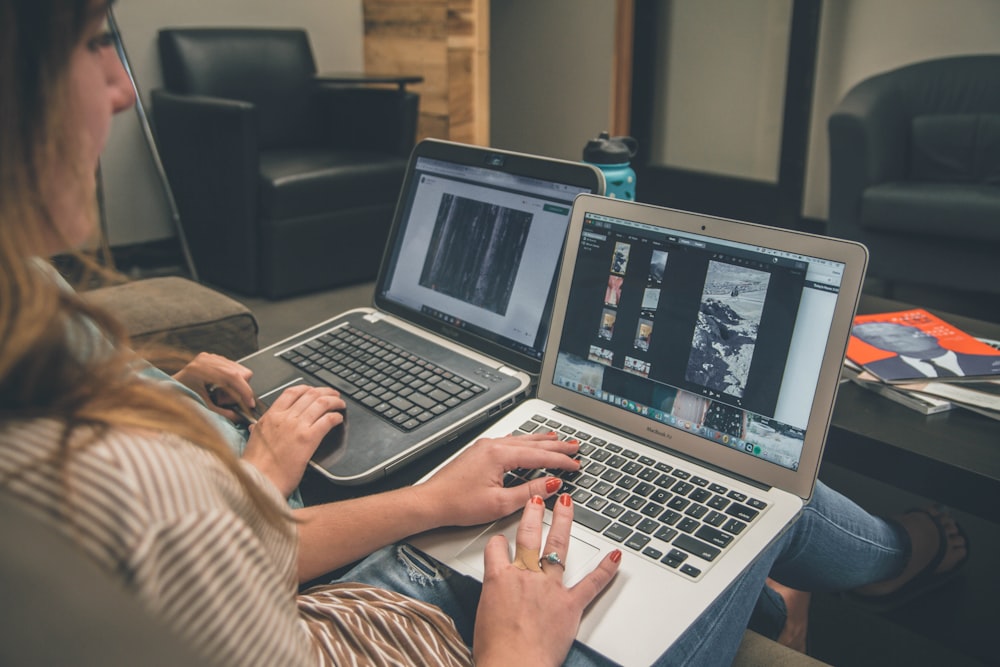 The start is always the hardest part. When I started seven years ago, I found logo design tiring, complicated, and never thought that rejection is a normal thing here in this profession. Although through the years, I had slowly learned that these tedious processes will shape me to the designer I am supposed to become.
The start is always the hardest part. When I started seven years ago, I found logo design tiring, complicated, and never thought that rejection is a normal thing here in this profession. Although through the years, I had slowly learned that these tedious processes will shape me to the designer I am supposed to become.
Design process is relative. It depends on the designer’s background or preferences. Designers from art schools are generally process oriented, or they tend to follow the basic steps, designing the textbook way. Ouido designers like me usually have a different approach to the design process, and our approach vary according to our background, to how we started as designers.
In my case, I really do not have one standard way of approaching a design process. It depends on the client and the project. Yet my usual design process is divided into three parts: understanding the clients’ needs and niches, sketching, and conceptualization.
Learn and understand the client, the client’s niche.
Typically, it is hard to please clients without knowing what pleases them. As a commercial designer, you should always start the design process with your clients and it should end with them as well.
Understanding your client’s industry is the best way to begin a logo design process. It is a requirement you have to experience as a designer. Knowing the client’s business from root to top, from rudiments to its broader industry functions, help build the foundation of the design process. Normally, you have to focus on their goals (mission and vision), their social stand (advocacies, company beliefs, affiliate organizations) and their history as a business, because logos are virtual representations of these things.
Put your interest to their niche. Understand it deeply and relate it to their goals as a business. Learning all these things will avoid future logo demise and criticisms.
You should then get your clients’ ideas, their wants, suggestions, and needs. It is their prerogative if they wish to be part of the design process; yet as a designer, it’s your responsibility to align their wants (taste, likings, requirements) to the principles of logo design (simplicity, relevance).
Start sketching
Now, it is time to use all the information you have gathered from the initial step. Start putting your own interpretation on a blank paper through sketching. Do not limit yourself in drawing ideas from your mind. Do not use rulers and measuring tools just yet. Just do the freehand drawing, as if you are only playing. Just draw until you get tired of it.
Conceptualization, main design
The main part of conceptualization comes after sketching. Here, you will organize your sketches and come up with solid logo ideas with measurement, contrast, and typeface in mind. This process is not like, and very different from, sketching. In design, conceptualization is the process of putting your initial ideas to actual logo designs or final products. This is the part where you adhere to your client’s needs, and where you combine this adherence with your design knowledge and inclination without crossing the borders of their corporate beliefs and goals. This is therefore, the real job, where you combine your talent with your client’s needs to come up with one final design.
Normally, clients require designers to submit at least three to ten design concepts to choose from. Some companies have these designs for internal company voting, polls, and surveys to have an idea of its efficiency and recall for the people. From here, they will suggest criticisms, revisions, and even make rejections.



